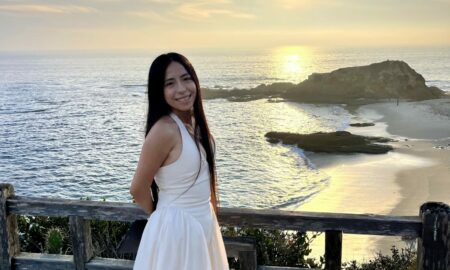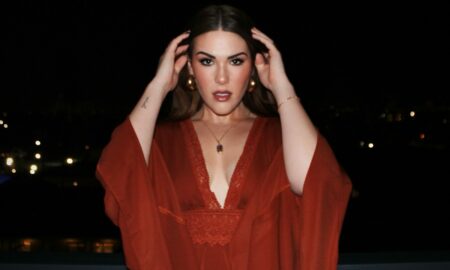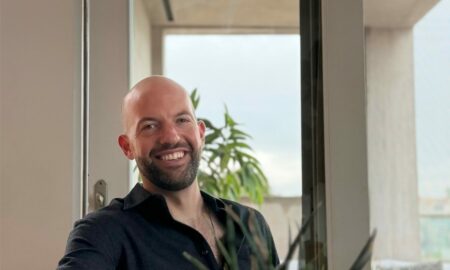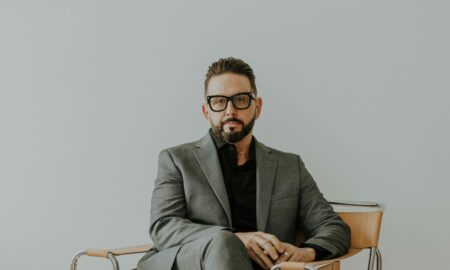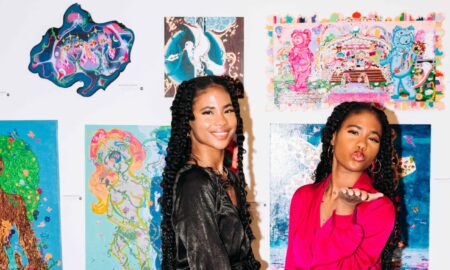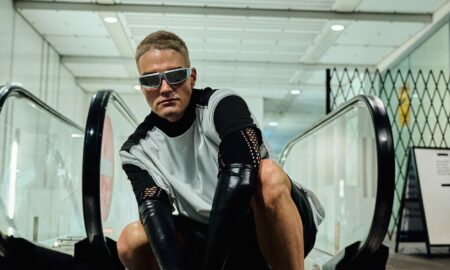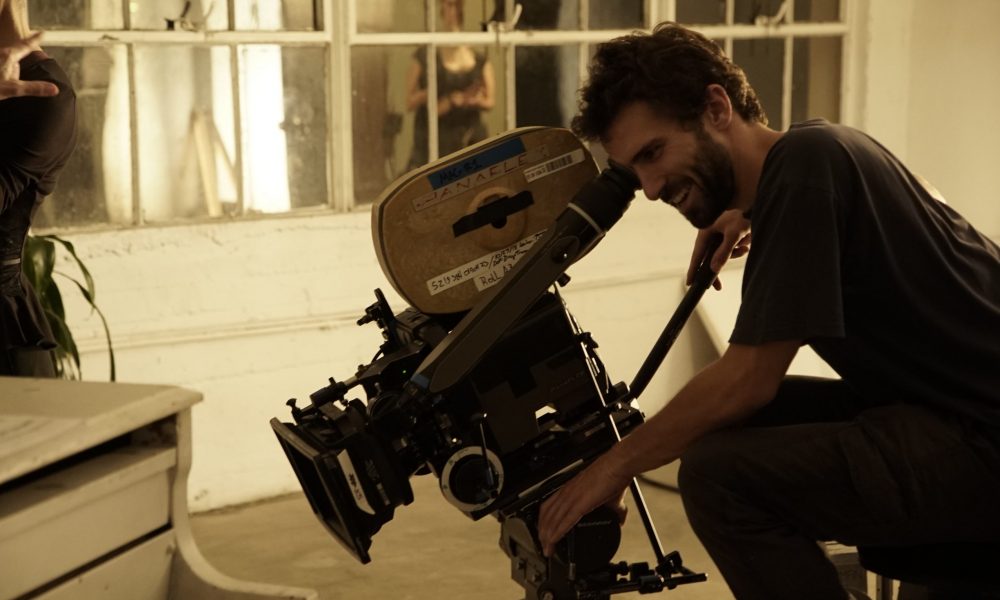

Today we’d like to introduce you to Diego Trenas.
Every artist has a unique story. Can you briefly walk us through yours?
The inception of wanting to be a cinematographer came through my mother, a painter and journalist, explaining to me what my father did for a living: “On any movie set, the cinematographer is the most artistic of all technicians and the most technical of all artists. Cinematography beautifully combines creativity and technique”. I remember being too young to even realize what this meant, but it clearly made an impact on me. The journey until I became one is far more complex and full of ups and downs rather than a straight path.
If we talk about creative birth, how I really became an artist, like many of us, came through a traumatic experience. When I was 17, my best friend was killed, and I was forced to grow up overnight, trying to accept human cruelty. Álvaro was a force of nature, a truly charismatic kid who did all the “wrong” things for the right reasons. I was a shy and chubby boy playing in a lonely corner. He helped me break my cocoon, gave me confidence and allowed me to dream big. He was the most important influence in my childhood. I could only relief the agony of never seeing him again through writing to and about him. This writing boosted my creativity and led to questions I couldn’t respond with my background, so I started solo traveling in search for answers. It was then when I began taking photographs with a deeper meaning than capturing beautiful imagery. Then the crisis broke, and I started working in finance to pay for living and travel costs. It wasn’t until I watched my sister Cristina, also a filmmaker, give a mind-blowing TED talk (https://www.youtube.com/
Please tell us about your art.
One of the most valuable lessons I’ve learned from my parents and sister is not to take the freedom to express oneself for granted, but to enjoy the privilege of expressing my views creatively. This is more important now than ever, when rising powers are losing sight of what is human. To me, the most valuable kind of art is the one in which any cause of social interest has visibility. The one that doesn’t indoctrinate, but rather presents a view of reality so that the public gets to know it and elaborate their own opinion. Take the example of my favorite movie from last year, the Lebanese film “Capernaum.” I’ve never been to Beirut. Neither I truly understand the extremely complicated social and legal context of Lebanon. And yet with this compelling film Nadine Labaki is able to present the rest of the world an honest and heart-wrenching view of her country through the eyes of a street kid – and at the same time leave us with existential questions of universal scope: What right do parents have to bring a child into this world if they’re not going to be responsible for them and eventually make them miserable? Are “illegals” without papers, not people as well, or do they need an ID to confirm their humanity? By touching upon these issues through astonishingly real performances and authentic imagery, this masterpiece emotionally invests the audience and thus forces them to think about issues they wouldn’t have encountered another way. This is not to say that I exclusively shoot social-realist content, but I definitely have a predilection for it. No matter what, I get emotionally invested in anything I capture, and I hope the audience feels being taken care of when they look at my images. When I breakdown a script and design what is the best lighting, exposure, camera placement/movement, focal length, character perspective, composition, aspect ratio, etc. to shoot a scene, I don’t do it in search for the most beautiful image possible. I do it in search for the image that best represents the real human emotions of the characters in relation to the story being told.
What do you think about the conditions for artists today? Has life become easier or harder for artists in recent years? What can cities like ours do to encourage and help art and artists thrive?
I think the most difficult challenge facing artists today is being able to reach your audience and collaborators making way through the overwhelming masses of endless content. At the same time, artists can share their work with less resources. Cities should sponsor as much art and as diverse as possible, and then offer it to the public for the least amount of money. That way they support the talent that is creating their culture and build platforms that showcase its artistic patrimony.
How or where can people see your work? How can people support your work?
My new website is pretty up to date with my work. I also recently re-activated my Instagram account after a 2-year break, so I’m posting my work up there. I just finished shooting my thesis and another project that will come soon and I’m working on a new reel that I will share shortly. My 35mm visual essay will be screened June 5th and 11th at AFI so come check it out! I’m always happy to share my work, so just reach out.
Contact Info:
- Website: https://www.
diegotrenas.com/ - Email: [email protected]
- Instagram: https://www.
instagram.com/diegotrenas/







 Image Credit:
Image Credit:
Cristina Trenas
Getting in touch: VoyageLA is built on recommendations from the community; it’s how we uncover hidden gems, so if you know someone who deserves recognition please let us know here.












